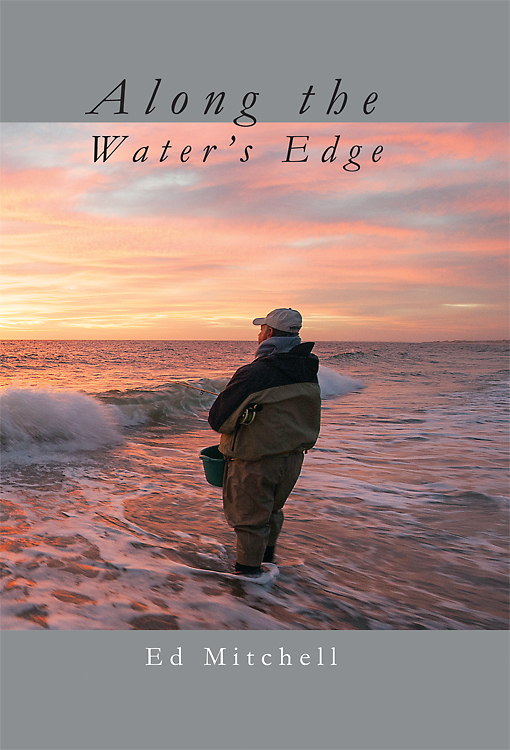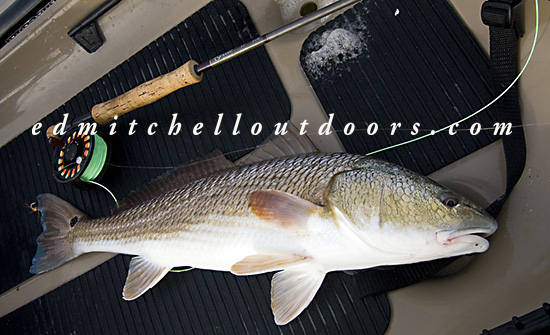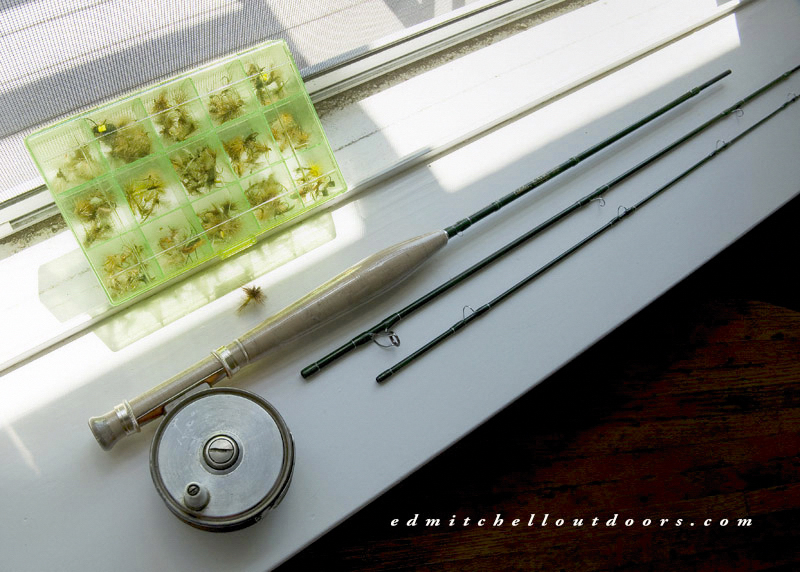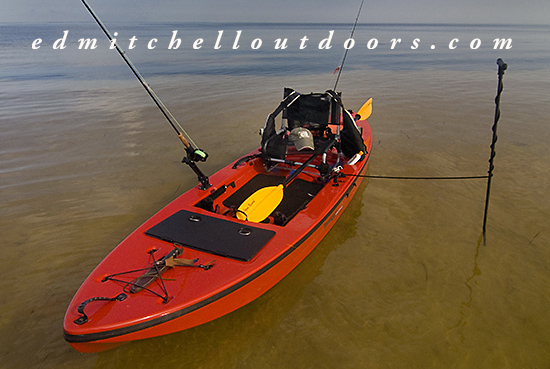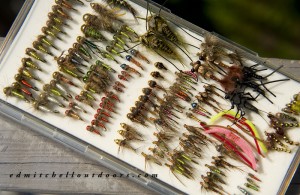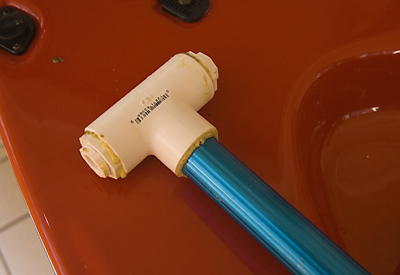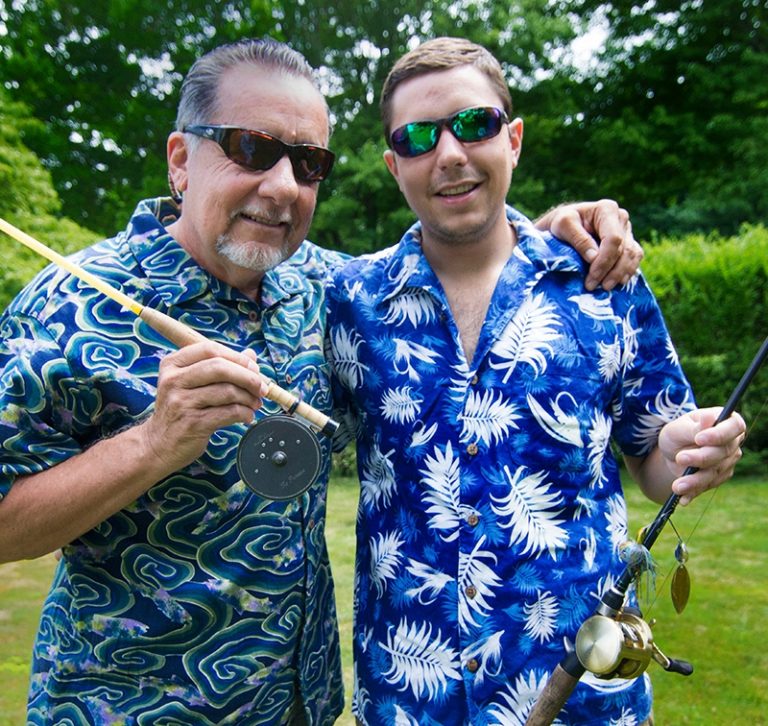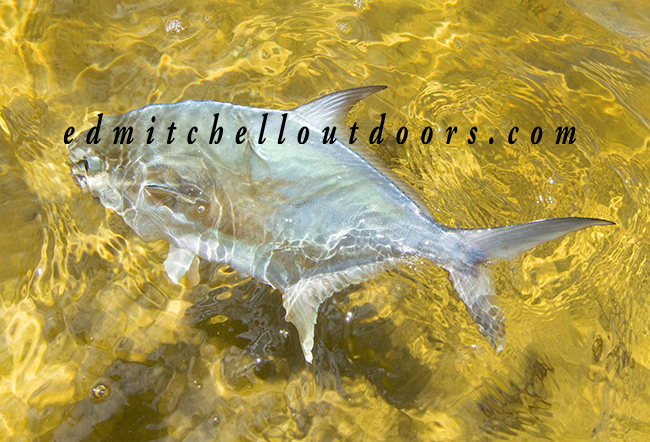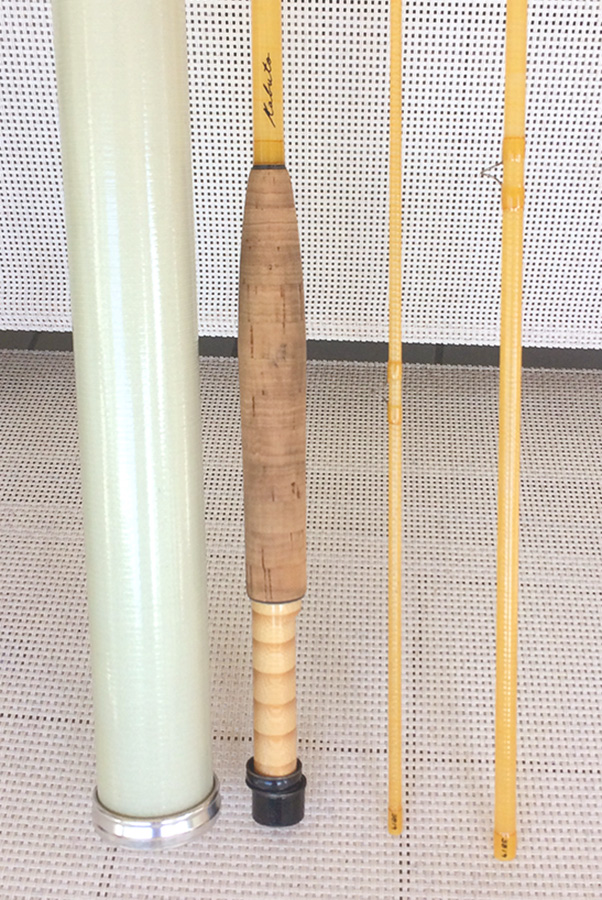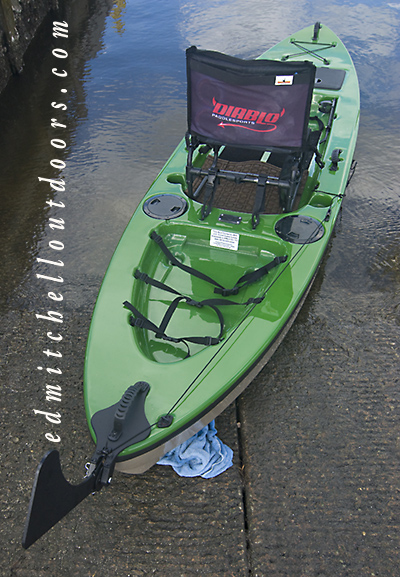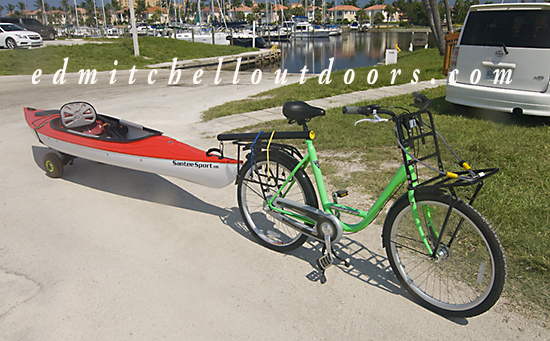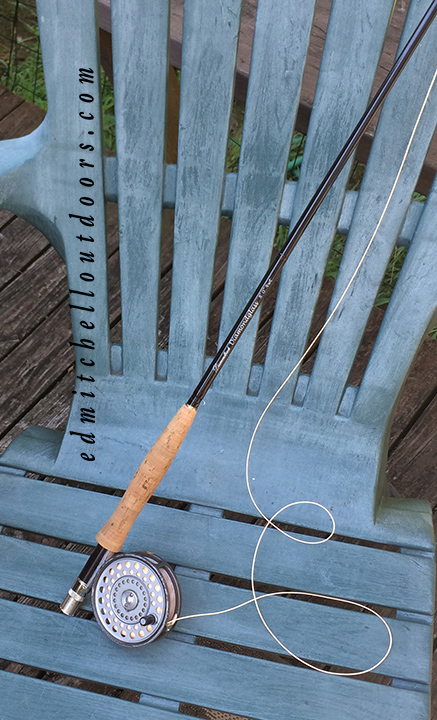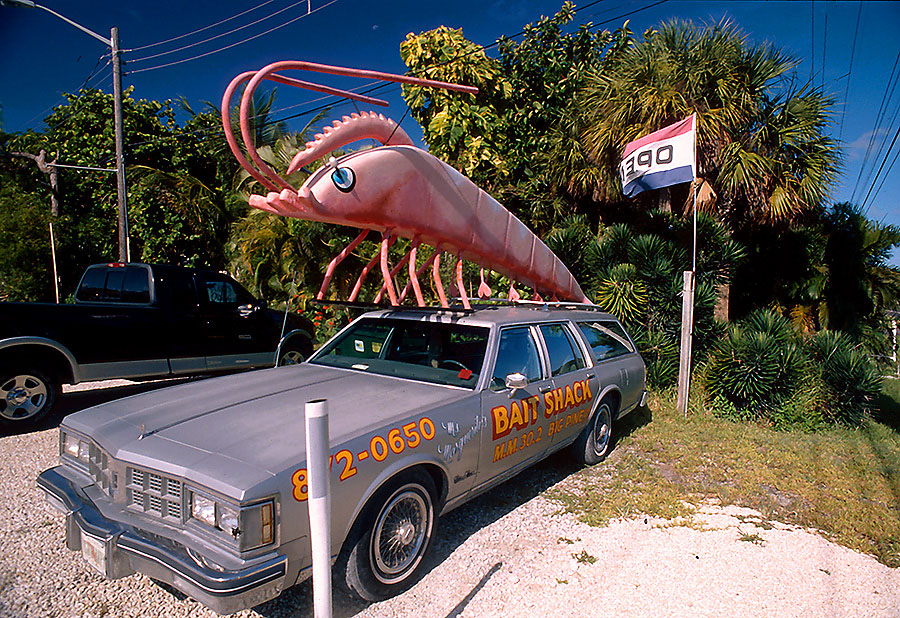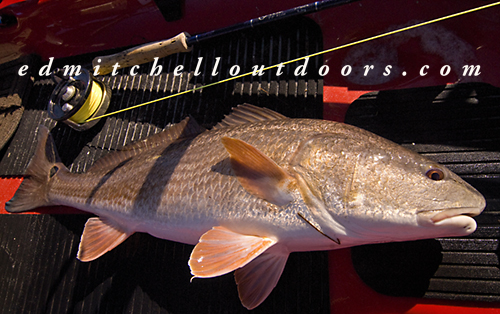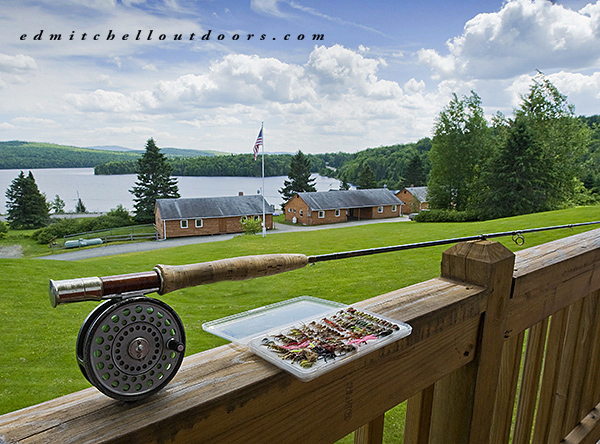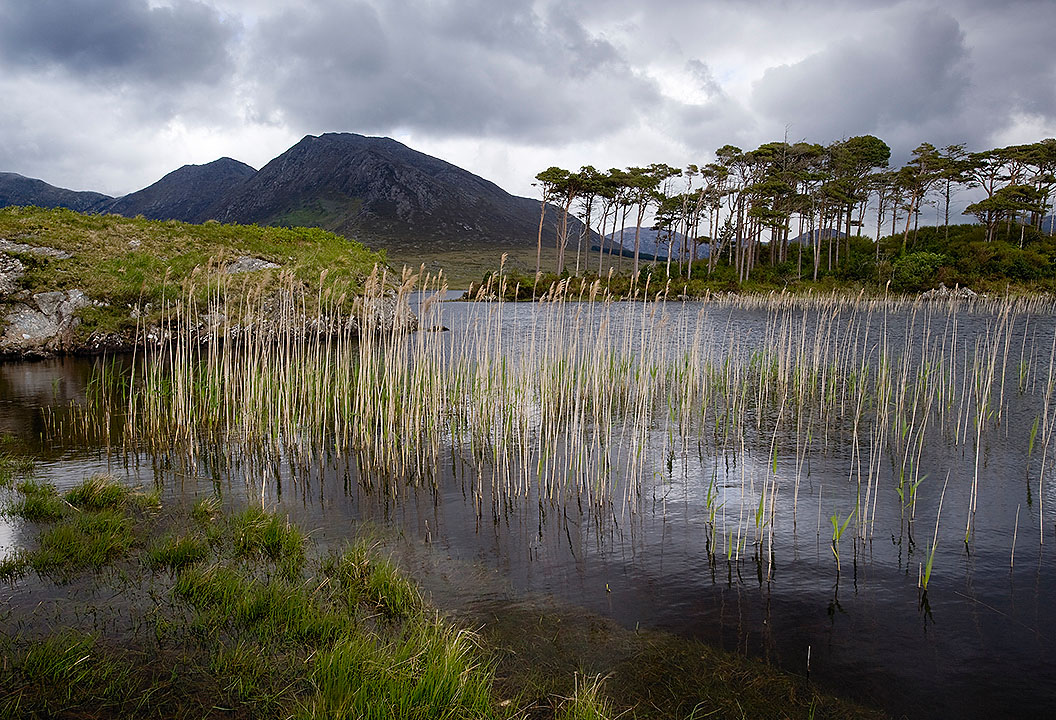Connecticut: Another Poor Spring for Stripers
Looks like another dismay start for stripers in Connecticut. We are just not getting the dependable runs we used to enjoy in the lower Connecticut River. I have posted on this before, once back in 2023. and in 2020. When coming up the coast, bass appear to be bypassing Connecticut and heading straight to Rhode Island. No, I do not have any definitely proof to back this up. For what it is worth, this just my observation alone.
What would be causing this trend? Two things immediately come to mind. The first is forage. We have little in the way of menhaden, despite efforts by the ASFMC to improve that stock. Whereas Rhode Island has done noticeably better with bunker. And Connecticut herring runs are declining fast. The second issue is climate change. The waters of Long Island Sound are heating up year after year. While forage is likely the bigger of the two issues, the two may be connected.
And let me mention one more thing. There are few schoolies in the present bass population. And they made up a fair portion of the bass we used to see in the lower Connecticut River. That’s mixed in too.







